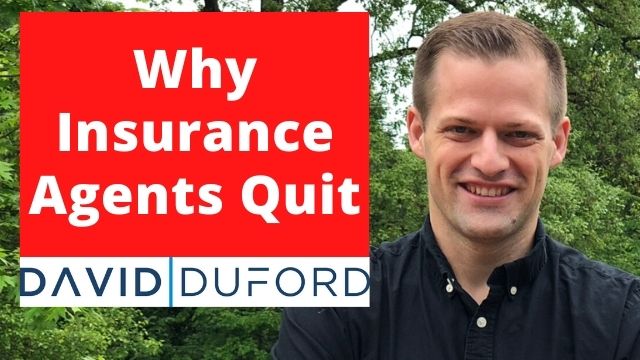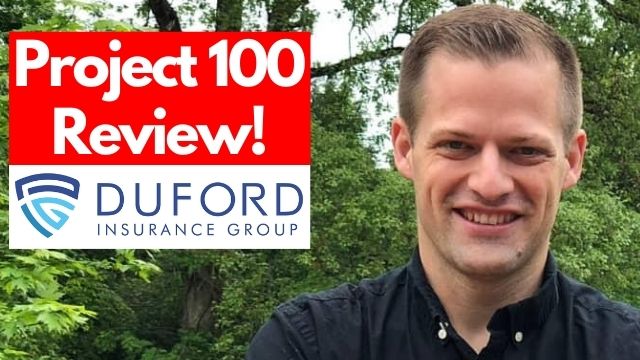Thinking about selling insurance and wonder how the Project 100 program works?
If so, you’ve found the right article!
I will share what exactly the Project 100 is and the details that surround it.
If you’re a new agent looking to join an insurance agency, this article is for you.
Quick Navigation Article Links
What is Project 100?
Project 100 is a term you will hear often in life insurance sales recruiting.
Here’s how it works. An agency asks new agents to create a list of 100 people from their sphere of influence.
These should be people who know and trust them such as friends, family, neighbors, past co-workers, and business associates.
As part of the Project 100, the agent needs to call all contacts on the list and try to set an appointment with them.
Because they know the agent, many of those contacts are likely to accept the meeting. In some cases, the manager may join the agent and even run the appointment.
The agent is supposed to ask each one of the contacts on the list to buy the insurance product in question and/or ask for referrals of other people who might be interested in buying the product.
Agents who are successful with the Project 100 will be able to obtain a number of referrals to people they would have never have met otherwise, while at the same acquiring essential selling skills.
Why would agents want to do the Project 100?
The purpose of the Project 100 is to get referrals.
For agents who are just starting in the business, getting referrals through the Project 100 may work better than purchasing insurance leads or making random phone calls.
It also allows new sales representatives to gain experience and ultimately increase their chances of becoming successful without the risk of losing money on an investment in leads.
What are drawbacks of the Project 100?
In general, referrals from friends and family are not enough to sustain a business for an extended period of time.
The Project 100 doesn’t teach the most effective marketing skills and techniques that agents will be able to use in the long run.
That’s why new agents should ask the recruiter for advice and additional training on using different sales methods.
In addition, the Project 100 can be an awkward experience for both the agent and their contacts if the agent does not feel comfortable approaching their contacts for business.
Alternatives lead generation strategies
There are several alternatives to the Project 100 when it comes to lead generation strategies:
-
- Professional referrals are leads that an agent can obtain by networking with other sales professionals and business owners and their clients.
-
- Client referrals involve asking clients for referrals. It necessitates some training and experience.
-
- The 80/20 rule is based on the theory that 80% of sales come from 20% of clients.
-
- Purchasing third-party leads from companies who sell them to insurance agents.
-
- Acquiring new customers on Linkedin by engaging in groups related to the agent’s industry or interests.
My Thoughts
I have sold insurance, specifically final expense insurance, since 2011, and have created a nationwide agency built around teaching agents how to sell insurance.
What’s unique about what we do is that we teach agents to purchase leads instead of working their existing sphere of influence.
While my opinion is different now, when I began, I hated the idea of selling to my list of contacts. I didn’t want my relationship to be soured because I hit them up for business.
That’s why in part I sold final expense; instead of relying upon referrals, I could simply buy leads and sell to complete strangers.
So no disrupting any personal relationships =).
If you’re not on-board with the Project 100, make sure to investigate different sales and marketing models that rely on paid leads and non-sphere of influence marketing strategies.
In addition to final expense, I’d recommend looking at both Medicare Advantage and annuity sales.


January 03, 2023

January 03, 2023

January 03, 2023
